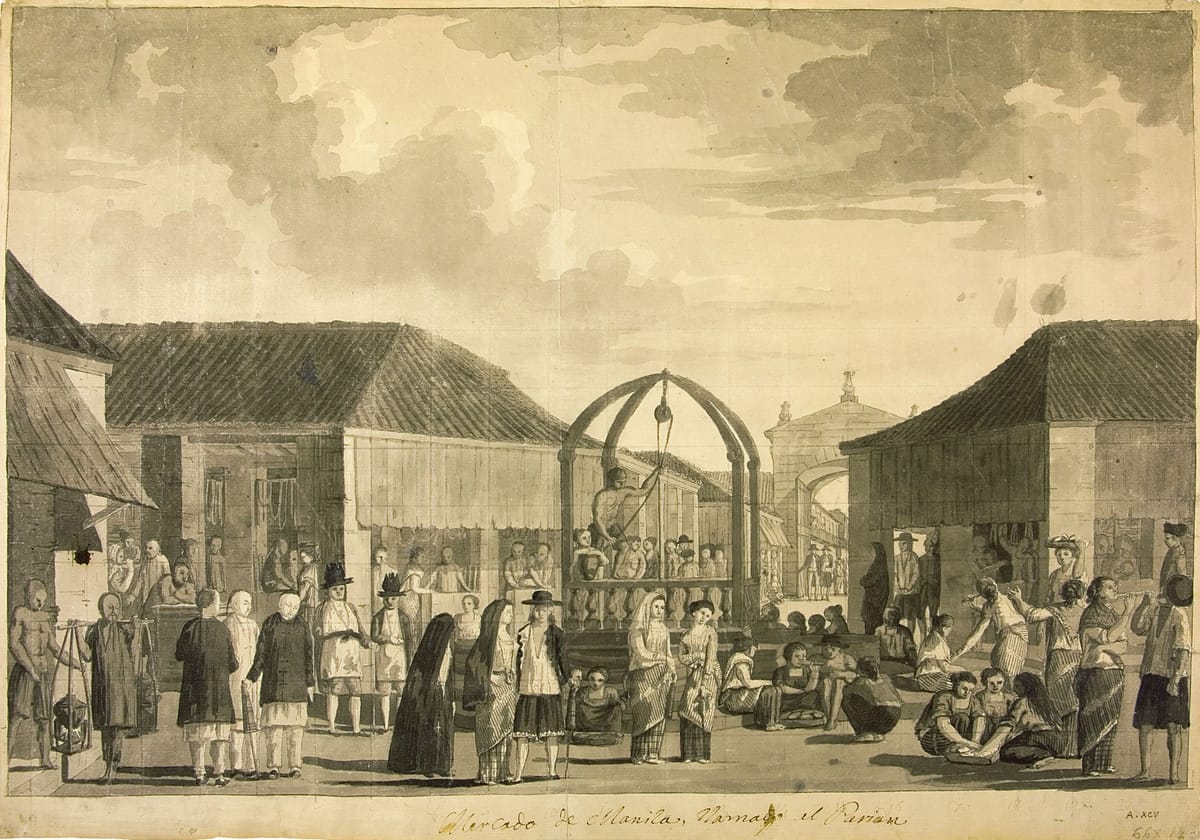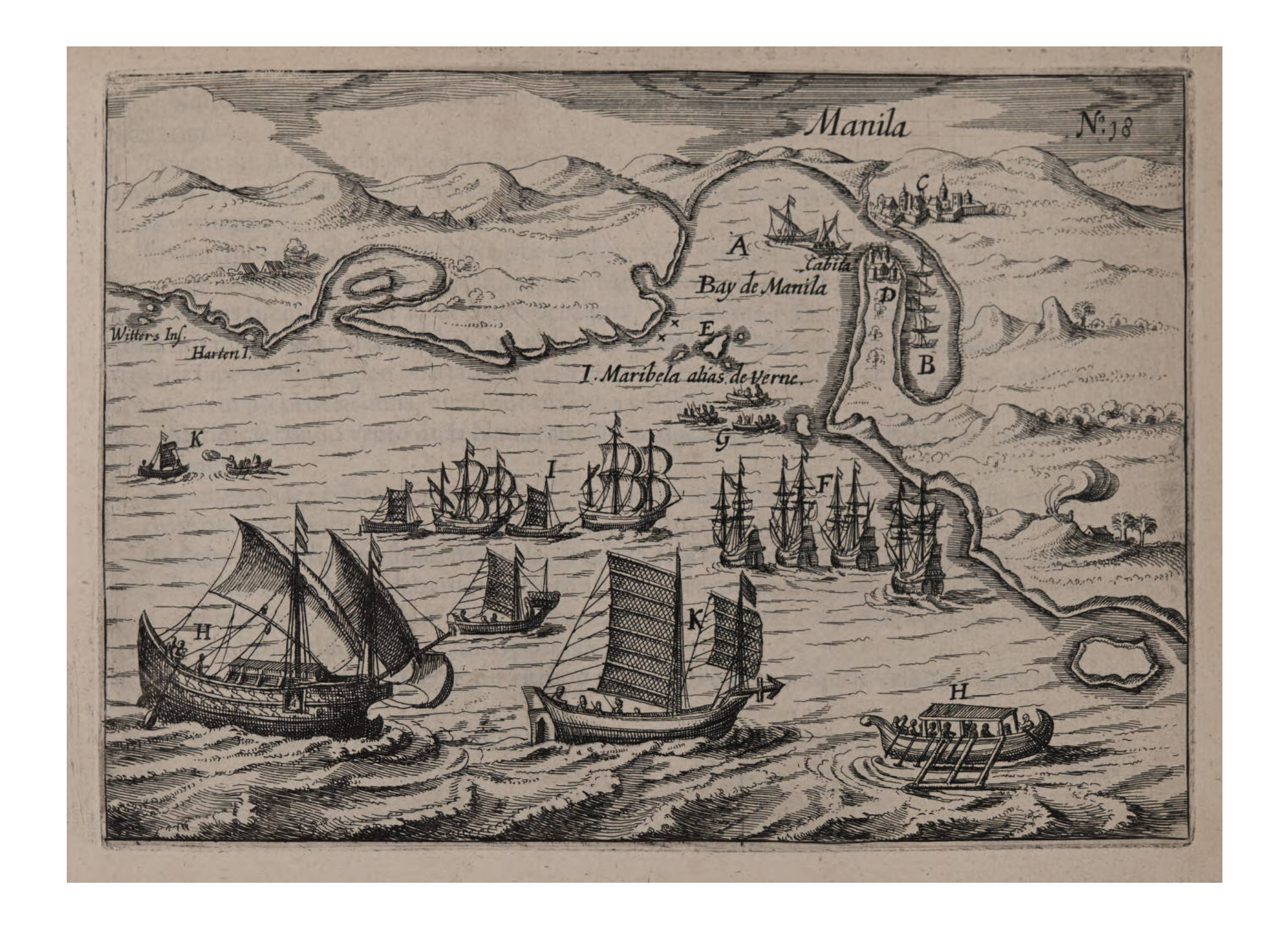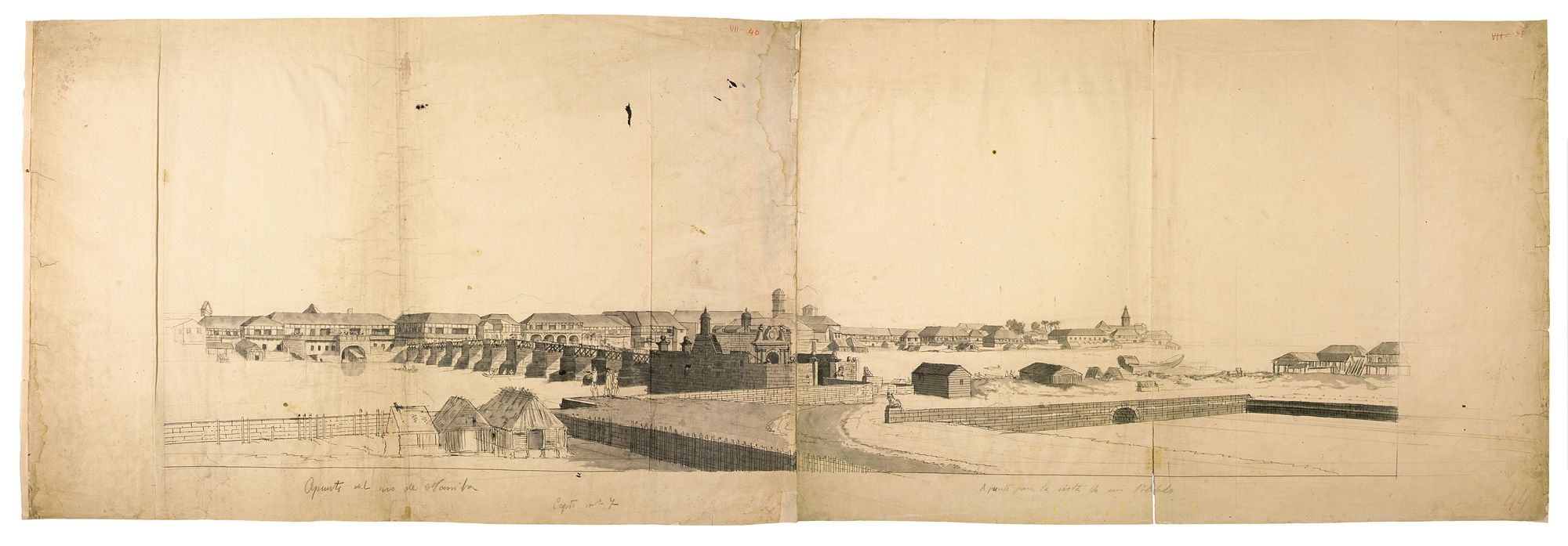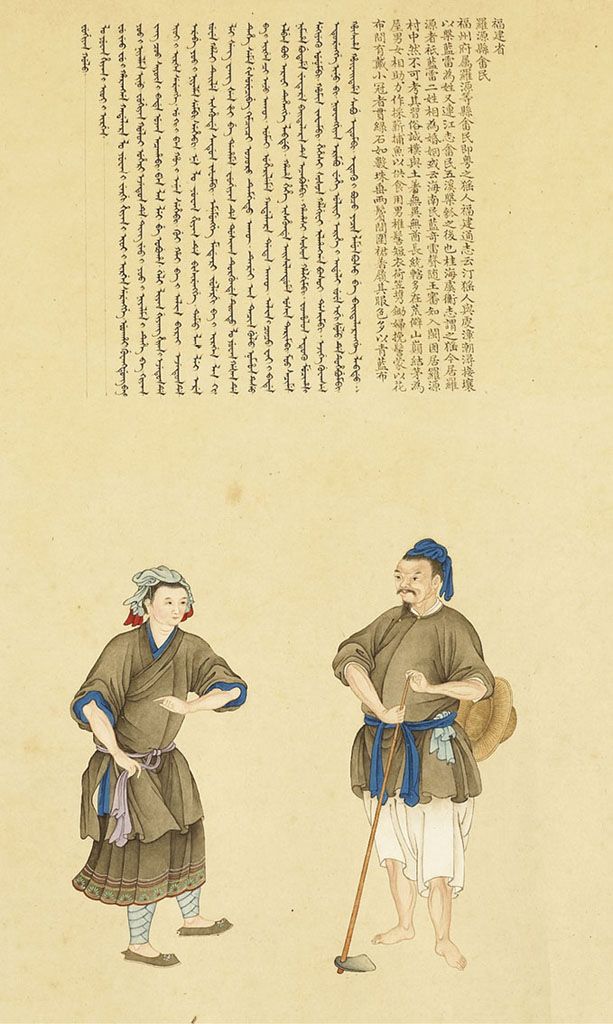Manila

Today Manila proper is home to a population of nearly 2 million people, but its urban sprawl encompasses over 14 million. From its founding until the early nineteenth century the city played a definitive part in connecting several nodes in the Indian Ocean to the Pacific and the Americas.

Manila was conquered by the Spanish in 1571 and transformed into the empire’s most distant colonial outpost in Asia. The area had been inhabited for centuries and was ruled over by a Muslim sultan at the time of the Spanish takeover. Its indigenous merchants had long maintained trading contacts with southern China, connections the Spanish would exploit to the hilt.

With its tiny Spanish population, Manila’s commerce was deeply connected to circuits of global exchange from the beginning. Two factors transformed Manila into a hub of early modern capitalism. The first were the transpacific galleons connecting the city to Acapulco. These ships brought back extensive amounts of American silver to Manila, which was used to purchase Japanese and Chinese goods.

American silver was used by the Spanish authorities to purchase tea, porcelain, and silk from southern China. Competition from Chinese silk and the drain of ‘Spanish’ silver to China led Spanish authorities to complain bitterly about Chinese economic power in the region.

The second factor that made Manila into a capitalist hub was the large Chinese population that migrated over time from Fujian, illegally from the perspective of Ming and Qing authorities. Despite their indispensable role in the city’s life, the Chinese were the victim of an enormous Spanish-condoned pogrom in 1639, and though Spanish persecution occurred periodically for the next centuries, migrants from Fujian continued to link Manila to the coast of southwestern China.

In the later eighteenth century Manila became a crucial plinth in the trade of the East India Company. In 1762 the Madras headquarters of the East India Company launched an ambitious amphibious assault on Manila. The British state encouraged the attack as it sought to simultaneously destroy Spanish power in the Atlantic (by attacking Havana) and the Pacific (by besieging Manila). 650 Indian sepoys and 300 coerced French soldiers participated in the assault. While an initial success, resistance from Spaniards and local Filipinos hastened the British withdrawal.

With the remaking of the global economy in the late eighteenth century Manila's status as a capitalist node declined somewhat, but the city continued to attract merchants from China and even India until the end of Spanish rule and the onset of the United States' occupation of the Philippines from 1898.
References:
Ryan Crewe, "The Troubles of Global Civitas: Segregation and Convivencia in Colonial Manila, 1580-1700," in Cheiron, (1/2021): 148-173.
Arturo Giraldez, The Age of Trade: The Manila Galleons and the Dawn of the Global Economy (Lanham: Rowman & Littlefield, 2015).
Laura Hostetler and Xuemei Wu eds. and trans., Qing Imperial Illustrations of Tributary Peoples (Huang Qing zhigong tu) (Brill, 2022),
Stephanie Joy Mawson, Incomplete Conquests: The Limits of Spanish Empire in the Seventeenth-Century Philippines (Ithaca: Cornell University Press, 2023).
Feature Image Credit - "El Parián, mercado de Manila [AMN Ms.1724 (08)]," c. 1790s https://bibliotecavirtual.defensa.gob.es/BVMDefensa/pacifico/en/consulta/busqueda_referencia.do?campo=idtitulo&idValor=1002019
